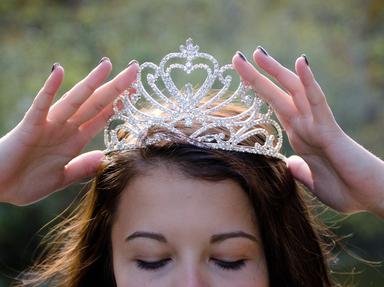Quiz Answer Key and Fun Facts
1. Joséphine of Leuchtenberg, Queen Consort of Oscar I of Sweden and Norway, and her sister Amélie, who married Pedro I, Emperor of Brazil, were the granddaughters of which famous former Empress?
2. Unlike the first queen of the same name (known, among other things, for financing a famous voyage of discovery), Isabella II was not a successful monarch, and was eventually forced to abdicate. What European country did she rule for 35 turbulent years?
3. What was the first name of the Spanish-born lady who married French Emperor Napoleon III in 1853?
4. The beautiful, tragic Elisabeth of Austria, consort of Emperor Franz Joseph I, was originally a duchess of which former Central European kingdom, now a federal state of Germany?
5. Queen Victoria's eldest child, Victoria, Princess Royal, married Prince Frederick of Prussia (who would become Frederick III of Germany) in 1858. Who was the couple's notorious eldest son?
6. In 1857, Princess Charlotte of Belgium married Archduke Maximilian of Austria. In 1864, the pair became Emperor and Empress of which country in the Americas?
7. From 1863 to 1898, Louise of Hesse-Kassel was Queen Consort to Christian IX of Denmark. What was the King's nickname, due to his family links with most of Europe's royal families?
8. Beautiful and talented, Princess Dagmar of Denmark married future Russian Emperor Alexander III in 1866, taking the name of Maria Feodorovna. What was the fate of Nicholas, the pair's eldest son?
9. Margherita of Savoy, Queen Consort of Umberto I, King of Italy from 1878 to 1900, is mainly known outside the country in connection to what popular Italian product?
10. German princess Emma of Waldeck and Pyrmont became Queen Consort of King William III of The Netherlands in 1879 and, upon her husband's death in 1890, regent for her underage daughter, who later became a symbol of Dutch resistance against the Nazis. What was Emma's daughter's name?
Source: Author
LadyNym
This quiz was reviewed by FunTrivia editor
gtho4 before going online.
Any errors found in FunTrivia content are routinely corrected through our feedback system.
